
FXpansion DR-008; SamplerChan
Shareware can be just as innovative and feature-packed as its fully commercial equivalent — take FXpansion's ambitious DR-008 sampled/synthesized drum machine, for example...
To find the exact phrase, put the words in quotes or join them together with a plus sign e.g. live+recording or "live recording".
To find, say, all live recording articles that mention Avid, enter: live+recording +avid - and use sidebar filters to narrow down searches further.

Shareware can be just as innovative and feature-packed as its fully commercial equivalent — take FXpansion's ambitious DR-008 sampled/synthesized drum machine, for example...
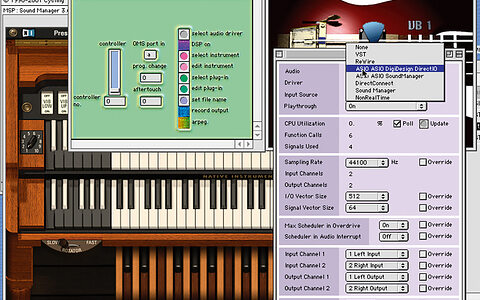
The audio side of OS X receives a big boost with the release of the first major update, as does Islington's MacExpo, as Apple themselves decide to attend their first UK show for several years.

The sheer power of Emu's three ESI samplers has endeared them to many home musicians on a budget. However, it can be tricky to get the most out of these machines, so here are some power-user tips to help you.

Performer Notes turns its attention to DP3's MIDI automation features. Plus all the latest MOTU-related news and tips.

There's a step-by-step guide to creating Groove Templates this month, plus the usual collection of handy tips, including some pointers on making the most of Aliases.
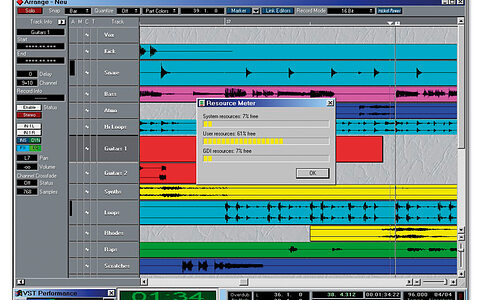
Even when you've installed the fastest processor you can afford and masses of RAM, your PC can still end up being slow and unresponsive. Here's what you can do about it.
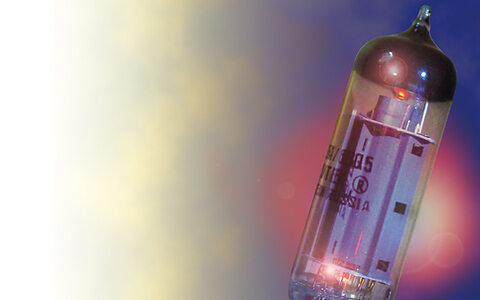
You don't need a wand to conjure up sonic magic, just a few well-chosen recording tools.

Can these unconventional plastic-bodied speakers possibly be suitable for studio work?
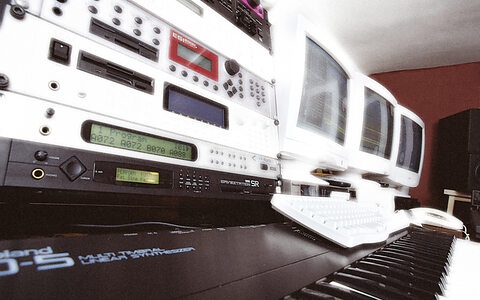
Common questions about using computers in the studio answered.

Upgrading your ageing Mac's processor to extend its useful working life is an appealing concept, and there are plenty of processor upgrades on the market. But what effect do they really have on musical and recording applications? We tested eight of them to find out...
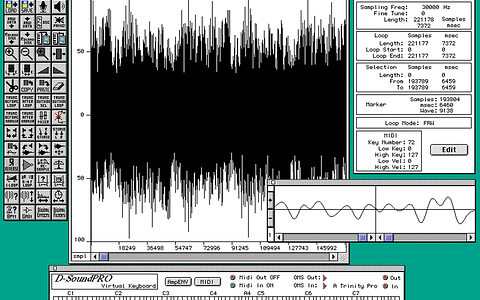
Do you know of any Macintosh sample editor (preferably shareware) that can communicate with the Roland S50 keyboard...
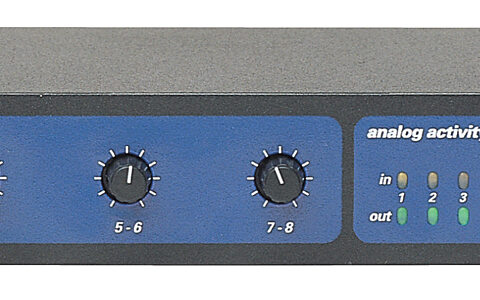
I'm a musician looking to start running a Cubase VST‑based home studio. I'll need to record a full band...

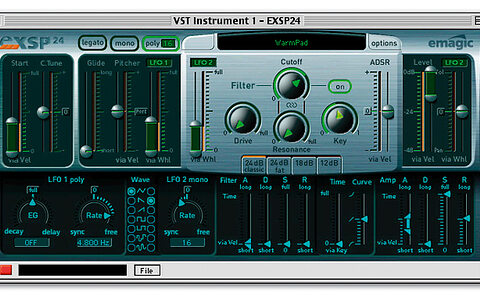
EXS24 and EVP88, two of Emagic's dedicated plug-ins for Logic, are now available in scaled-down form for VST-compatible sequencers. But what has been lost in order to make the instruments work as VST plug-ins?

Joemeek's new dual recording channel provides an innovative current-sensing preamp, optical compression and three-band equalisation, as well as the option to fit an onboard stereo A-D converter.

An exclusive first look at Emagic's new Logic Control hardware control surface, and the eagerly awaited Version 5 of Logic - a powerful combination that takes the system to a new level of functionality

Electromechanical keyboards - electric organs, electric pianos, and so on - are popular at the moment, and there's no shortage of software plug-ins modelling them. Clavia's Nord Electro attempts exactly the same thing in hardware - but how successfully?


I have been considering buying a Focusrite Mixmaster for its analogue multi‑band compression. However, before I do,...

Synth Secrets turns its attention to the synthesis of percussion instruments, beginning with pitched drums.